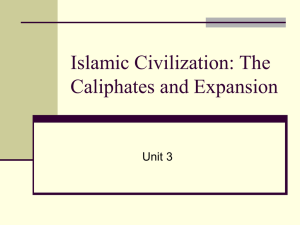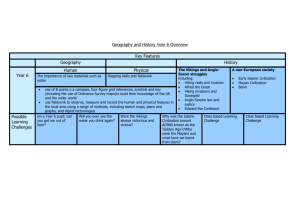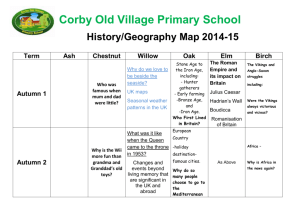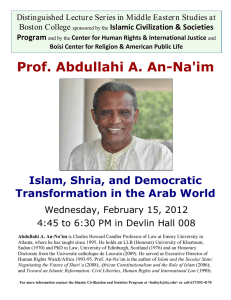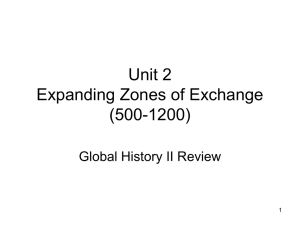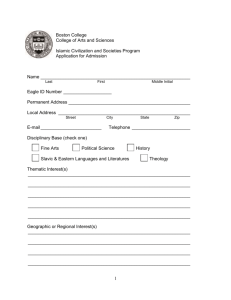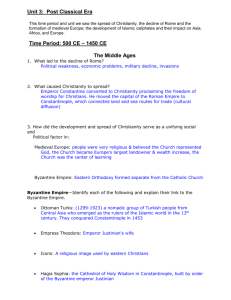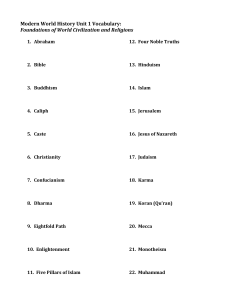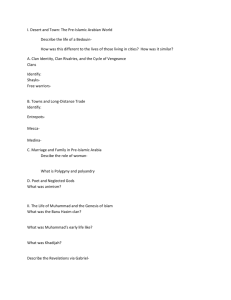Chapter 10 Summary
advertisement
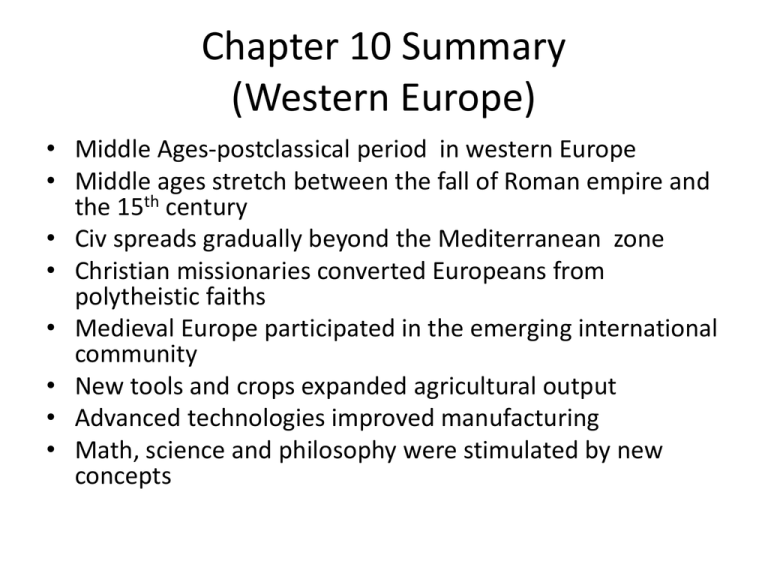
Chapter 10 Summary (Western Europe) • Middle Ages-postclassical period in western Europe • Middle ages stretch between the fall of Roman empire and the 15th century • Civ spreads gradually beyond the Mediterranean zone • Christian missionaries converted Europeans from polytheistic faiths • Medieval Europe participated in the emerging international community • New tools and crops expanded agricultural output • Advanced technologies improved manufacturing • Math, science and philosophy were stimulated by new concepts Evaluate the ways in which the Middle Ages carried on the culture of the ancient Mediterranean civilization and also added its own innovations • Incorporated classical rationalism • Used Latin as a common language • Manorialism originated on the farming estates of the ancient world • Christianity is adopted widely • Development of local and regional political focus • Economically, credit was used, banking, accounting procedures, the creation of a wealthy class and the end of slavery • The creation of vernacular literary forms and Gothic architecture (culture) Compare medieval west from 1000 to 1500 with Islamic civilization during the same period • Medieval west was flourishing while the Islamic core was fragmenting • Lack of a concept of empire in the west differed from the imperial idea of Islam • Both civilizations developed active economic systems with a merchant class • The Islamic commercial empire was bigger and more important than that of the west • Both used religion as a means of carrying civilization to new territories • Islam expanded into Africa, India and SE Asia • Islamic civilization was more technologically sophisticated than the west • Both societies showed similar tension between religion and the adaptation to classical rationalism
